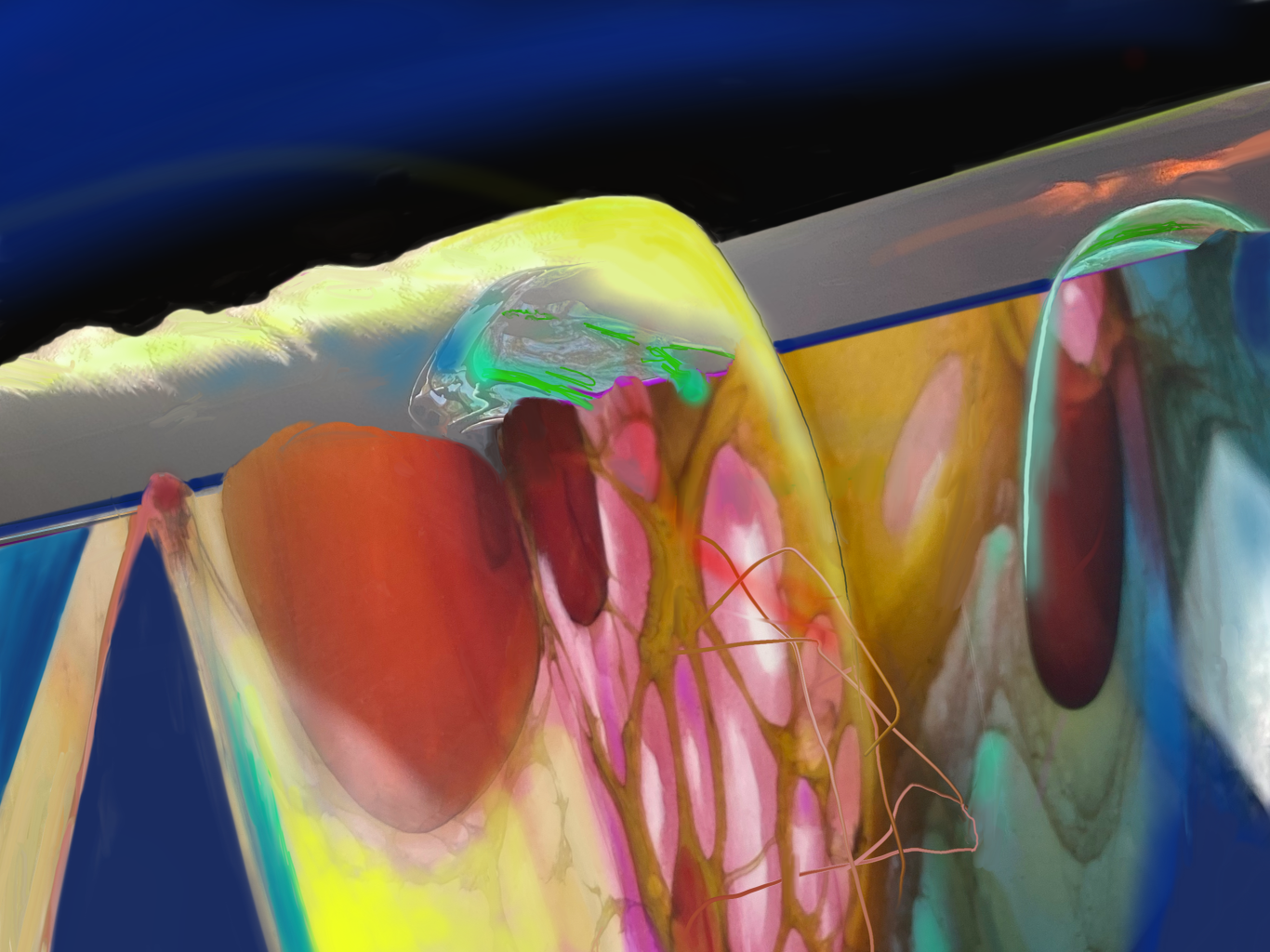
KERCIU
G. RAY
visual artist
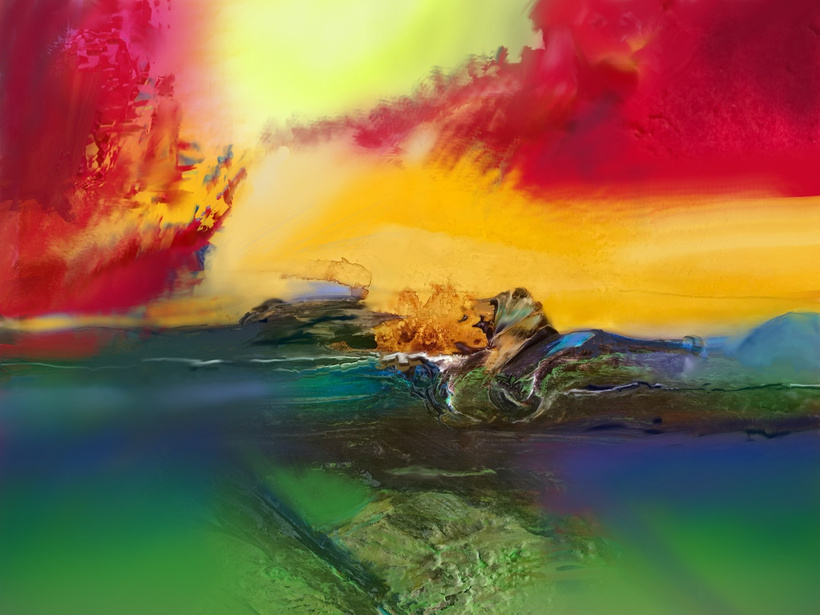
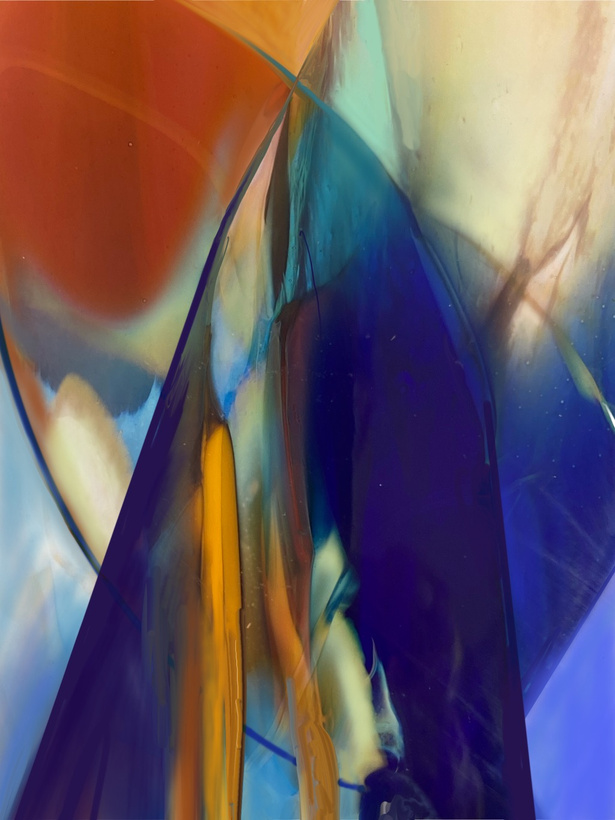

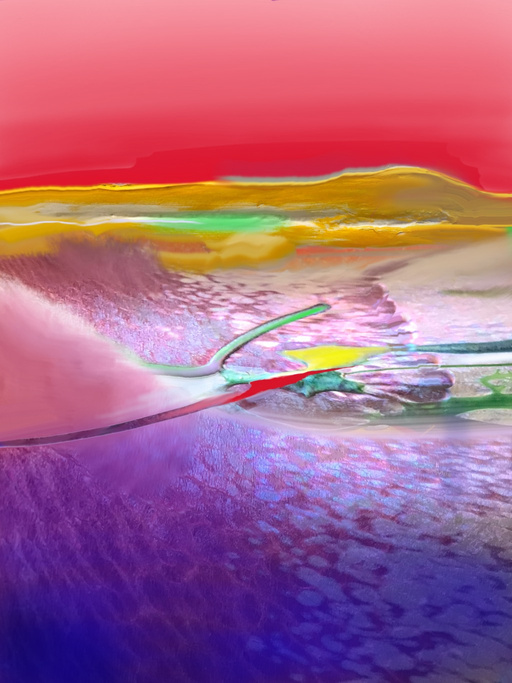
CURRENT WORK
CLICK HERE
to see more

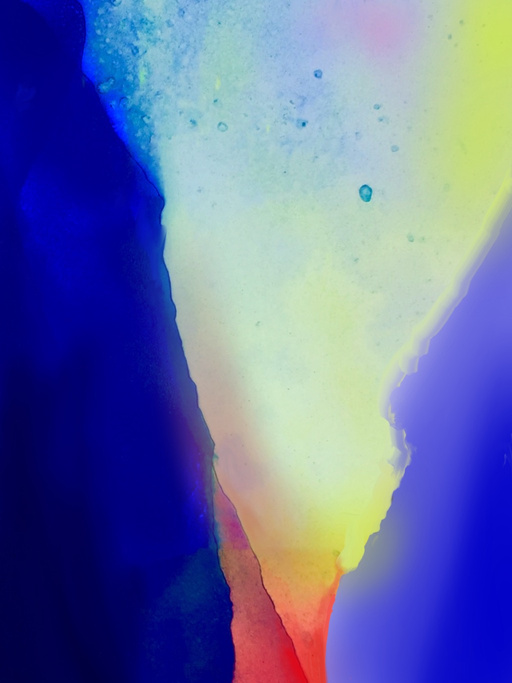
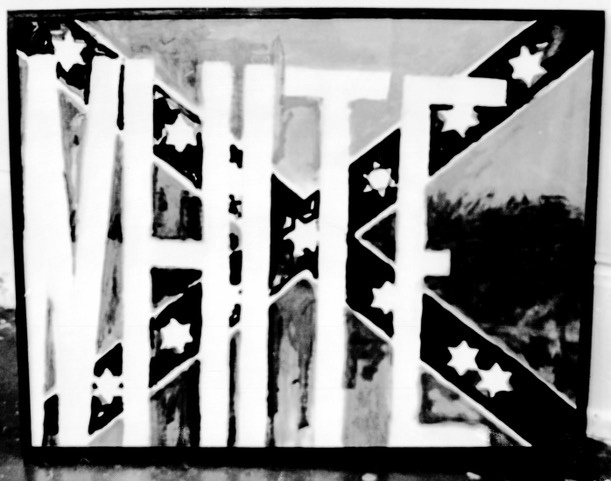
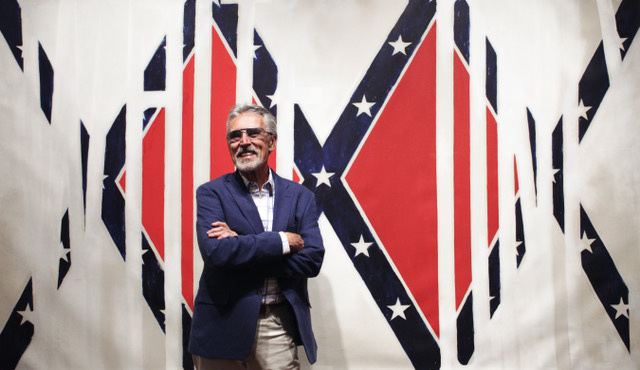
Mississippi
As a young man, “I wasn’t a radical,” the artist said. “I just got caught in the middle of the battle and joined the battle. Once your heart is into fighting the good fight, you continue it.”
“The night (Meredith) was registered, buildings were burning, people were wounded, a number of people died,” Kerciu said. “I witnessed all of this hatred and bigotry and racism, and because I was an artist and I never dealt with social commentary before, I jumped right in with the disturbing events that were happening through my art.”
“I did a number of paintings that were meant to jam it down the throat of the racists,” he said. “The only thing I used against them was their most sacred iconic flag, which is the Confederate flag, so I chose that as my background for all of my paintings.”
“It was pretty scary because a lot of people were dying in Mississippi for doing a lot less than what I was doing,” said Kerciu
“I left Mississippi as fast as I could, and I headed to New York, where I had a one-man show which brought down the roof,“ he said. “People like Rauschenberg, Warhol and Jasper Johns were at my show, and these were giants of abstract expressionism.”
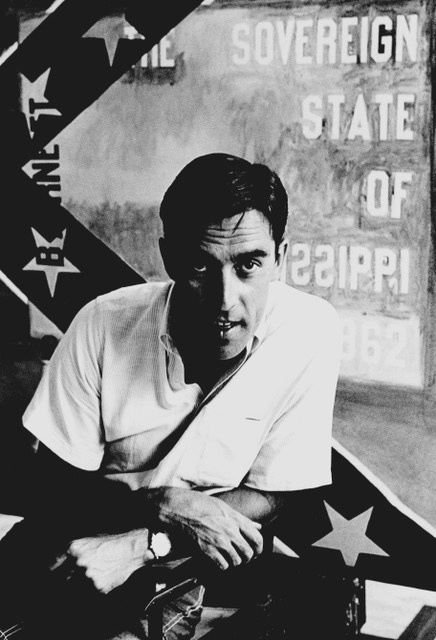

BIOGRAPHY
Excerpts from the forward to G. Ray Kerciu: Radical retrospective by Mike McGee 2013
Throughout his life G. Ray Kerciu has had a knack for being places — not necessarily the right place at the right time, but places where something significant was happening.
After graduating from high school, he and his lifelong friend, actor Tom Skerritt, decided they wanted to learn what was beyond the confines of Detroit. So they joined the Air Force, and Kerciu learned firsthand about the throes of the Korean War. Following graduate school, his second teaching appointment was at Ole Miss, in 1962–63, the year James Meredith, the university’s first black student, was admitted, accompanied by a federal court order and armed marshals. Kerciu’s paintings reacted to the riots and unrest on campus, his Mississippi series, triggered his arrest, and he was abruptly thrust onto the national stage amidst a whirlwind of publicity. In the wake of this newfound national celebrity, he was invited to exhibit at New York’s Martha Jackson gallery – famous for Jackson’s groundbreaking exhibitions of Pop Art in the early 1960s – where he rubbed elbows with Jasper Johns, Robert Rauschenberg, Andy Warhol, and other art-world luminaries.
He took his first tenure track teaching appointment at Orange State College in 1963, one year before the name was changed to California State College at Fullerton (the change to California State University, Fullerton, came in 1972). He founded the art department's printmaking area, did a short stint as department chair in those early years, and helped build the art department from the ground up, literally – when Kerciu arrived on campus the art department was just a couple of temporary structures.
It is generally not in Kerciu’s nature to be a passive observer. In most of the places he has found himself he has been at a minimum an active participant and more often than not in the middle of things, stirring the pot and rallying others to get involved. He can be very charming, but he also possesses a dogged persistence. This is especially true when he feels strongly about an issue, and it is true about his aesthetic pursuits.
To understand and appreciate Kerciu’s aesthetic method at approach it is essential to consider his training. He attended art schools – Michigan State (BA), Cranbrook (MFA) — with firm roots in the Bauhaus model: a system in which artists and designers of every stripe are taught principles of design before they receive instruction in their respective area of expertise. The idea here is that all artists, be they ceramicists, painters, architects, graphic designers, printmakers, or sculptors, deal with the same fundamental issues and methods; they just use different media.
…It is obvious that no matter what media he is using or which series he is working on, Kerciu is always wrestling with the formal elements he studied as a young art student; shape, line, color, and structure are his constant concerns. Even in his Mississippi and USA series, the two series where he departs from pure abstract form, he uses the references in these works as formal elements. The images of the Confederate flag; the derogatory phrases he heard on campus at Ole Miss and scrawled on his canvases; the graphic outlined letters “USA”; and the red, white, and blue palette are all elements that he integrates to create his aesthetic solutions.
He is at his best when he uses these elements to freeze in time a tension point between disarray and congruence. I am inspired by the notion that an artist and professor would not only continue to create art after he retires but that he would significantly increase his pace of output, reinvent himself as an artist, and produce some of the best work of his life as he nears his eightieth birthday. It seems that after all these years Kerciu has found himself in the right place at the right time.

SELECTED EXHIBITIONS
Solo Exhibitions
1963 G. Ray Kerciu, University of Mississippi Art Gallery, Oxford, Mississippi
1963 G. Ray Kerciu, Martha Jackson Gallery, New York, New York
1964 G. Ray Kerciu, Institute of North American Cultural Relations, Mexico City, Mexico
1964 G. Ray Kerciu Drawings and Paintings, Comara Gallery, Los Angeles, California
1966 G.Ray Kerciu 1966, Gallery Carnot, Seal Beach, California
1966 G. Ray Kerciu Drawings and Paintings, Comara Gallery, Los Angeles, California
2013 Radical Retrospective, Begovich Gallery Fullerton, California
2017 G. Ray Kerciu Five Decades of Art, Best of Laguna Beach, Laguna Beach, California
Group Exhibitions
1962 The Southwest: Painting and Sculpture, Museum of Fine Arts, Houston Texas
1963 Congress for Racial Equality (C.O.R.E.), Martha Jackson Gallery, New York, New York
1964 Pasadena Art Museum (Now Norton Simon Museum), Pasadena, California
1965 New Dimensions in Lithography, University of Southern California, Los Angeles, CA
1968 National Bi-Annual Print Show, Otis Art Institute, Los Angeles, California
1969 Tamarind: Homage to Lithography, Museum of Modern Art, New York New York
1972 Czechoslovakia Annual Invitational Print Show, Brno, Czechoslovakia
1988 Diane Nelson Gallery, Laguna Beach, California
2008 SOS: Depictions of Surfing in the U.$.A, Grand Central Art Center, Santa Ana, CA
2010 Breaking the Barriers - Connecting People, Mukta Dhara, New Delhi, India
2010 Art Department Faculty: The First Generation, Begovich Gallery, Fullerton, CA
2011 Proof: The Rise of Printmaking in Southern California, Norton Simon Museum, Pasadena, California In conjunction with the J. Paul Getty Museum’s Pacific Standard Time: Art in L.A. 1945-1980
2016 Creating an American Identity, Springfield Art Museum, Springfield, Missouri
2017 From Wendt to Thiebaud: Recent Gifts for the Permanent Collection, Laguna Art Museum, Laguna Beach, California
2019 Power Couples: The Pendant Format in Art, Utah Museum of Fine Arts, Salt Lake City
2021 California Cool Art, Laguna Art Museum, Laguna Beach, California
Selected Public Collections
Kerciu is represented in over 40 permanent collections in public museums and colleges in the USA, including:
Amon Carter Museum of American Art Fort Worth, Texas
Art Institute of Chicago Chicago, Illinois
Civil Rights Digital Library crdl.usg.edu
Baltimore Museum of Art Baltimore Maryland
Dallas Museum of Art Dallas, Texas
Hammer Museum, Grunwald Center Collection Los Angeles, California
Hunter Museum of American Art Chattanooga, Tennessee
Indianapolis Museum of Art Indianapolis, Indiana
Los Angeles County Museum of Art Los Angeles, California
Legion of Honor Fine Arts Museum San Francisco, California
Lilley Museum of Art Reno, Nevada
Madison Museum of Contemporary Art Madison, Wisconsin
Minneapolis Institute of Art Minneapolis, Minnesota
MSU Broad Art Museum East Lansing, Michigan
University of New Mexico Digital Collection econtent.unm.edu
National Gallery of Art Washington, D.C.
Norton Simon Museum Pasadena, California
Ringling Museum of Art Sarasota, Florida
Smithsonian American Art Museum and the Renwick Gallery Washington, D.C.
South Dakota Art Museum, Cockerline Collection Brookings, South Dakota
Springfield Art Museum Springfield, Missouri
University of Iowa Museum of Art Digital Collection digital.lib.uiowa.edu
Utah Museum of Fine Arts Salt Lake City, Utah
Wright Museum of Art Beloit, Wisconsin
SELECTED Collections

SELECTED BIBLIOGRAPHY
New York Times “Art Teacher Faces Mississippi Arrest” April 9, 1963
Freedom Now! "Chronology of Violence and Intimidation in Mississippi since 1961” Brown Digital Repository. Brown University April, 1963
Time Magazine “Obscene & Indecent” April 19, 1963, pages 76-77
Art News “Them Damn Pictures” Thomas B. Hess, May 1963, page 23
The Journal of Southern History Vol. 30, No. 1 “Mississippi, The Closed Society” James W. Silver, February 1964
Art Forum “G. Ray Kerciu at Comara Gallery” Claire Wolfe, March 1964, pages 14-15
Encyclopedia Brittanica Book of the Year 1963 1964, page 143
Art Forum “New Dimensions in Lithography” Betje Howell, January 1965, page 44
Art Forum “G. Ray Kerciu at Comara Gallery” Peter Plagens, April 1966, pages 15-16
The Critical Vision: A History of Social and Political Art in the U.S. Paul Von Blum, South End Press 1982
Art Journal Vol. 50, No. 4 “Artistic Freedom and the University” Beauvais Lyons, Winter 1991, pp. 77-83
Greenwich Village 1963: Avant-garde Performance and the Effervescent Body Sally Banes, Duke University Press, 1993
Southern Cultures Vol. 2, No. 2 “The Confederate Battle Flag in American History and Culture” John M. Coski, Winter 1996
The Price of Defiance: James Meredith and the Integration of Ole Miss Charles W. Eagles, University of North Carolina Press 2009
Orange Coast Magazine “G.Ray Kerciu, Laguna Beach” Anastacia Grenda April 2, 2013
G. Ray Kerciu: Radical Retrospective Mike McGee, et.al. Grand Central Press, 2013
Los Angeles Times, “Confederate Flags to go on Display” David Ng, June 25, 2015
Orange County Register “Confederate flag paintings on display in Laguna Beach” Jackie Moe
June 26, 2015
Mother Jones “Capture the Flag: A Brief History of Defacing Confederate Banners” Tim Murphy, June 29, 2015
Laguna Beach Independent “A Radical Rises Again” Andrea Adelson, July 5, 2015
Laguna Beach Independent “Kerciu’s Social Justice Art Retains its Potency” Daniella Walsh August 28, 2017
South of Pico: African American Artists in Los Angeles in the 1960s and 1970s Kellie Jones, Duke University Press 2017
Laguna Art Museum: A Centennial History, 1918-2018 Grand Central Press 2018
An Uncharted Journey 2018 documentary film by Dale Schierholt
Public Art Dialogue Vol. 8, No. 2 “Performance, Political Discourse, and the Problematics of the Confederate Flag in Contemporary Art”, Evie Terrono, March 18, 2019, pages 142-174,
Atlas Obscura “The Artists and Writers Who Fought Racism With Satire in Jim Crow Mississippi: How William Faulkner and a small group of provocateurs challenged segregation in ways that resonate today” William Browning, May 29, 2019
https://www.atlasobscura.com/articles/racism-art-and-satire-mississippi
https://www.flickr.com/photos/csufnewsphotos/8655791766/in/photostream/

RESIDENCIES
Gemini G.E.L. Los Angeles, California
Tamarind Lithography Workshop Los Angeles, California 1963-64
Stanley William Hayter’s Atelier 17 Paris, France 1968
The Lakeside Studio Lakeside, Michigan 1978-79
Royal College of Art, London England 1994
US-India Art & Culture Exchange New Delhi, India 2010
EDUCATION
BA, Michigan State University East Lansing, Michigan
MFA, Cranbrook Academy of Art Bloomfield Hills, Michigan
Professional experience
Professor, Sam Houston State College Huntsville, Texas
Professor, University of Mississippi Oxford Mississippi
Professor and Art Department Chair, California State University, Fullerton Fullerton, California
President of the Board of Trustees, Laguna Art Museum Laguna Beach, California
FUN
Man From U.N.C.L.E. Series Art Department credit painting appeared in 1 episode in 1966

FOR INQUIRIES CONTACT: graykerciu@gmail.com